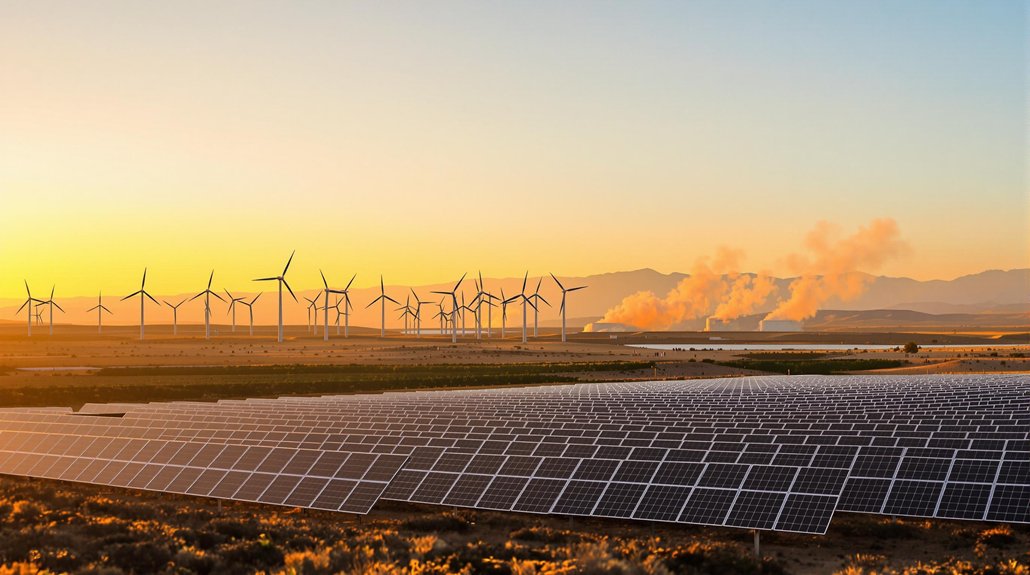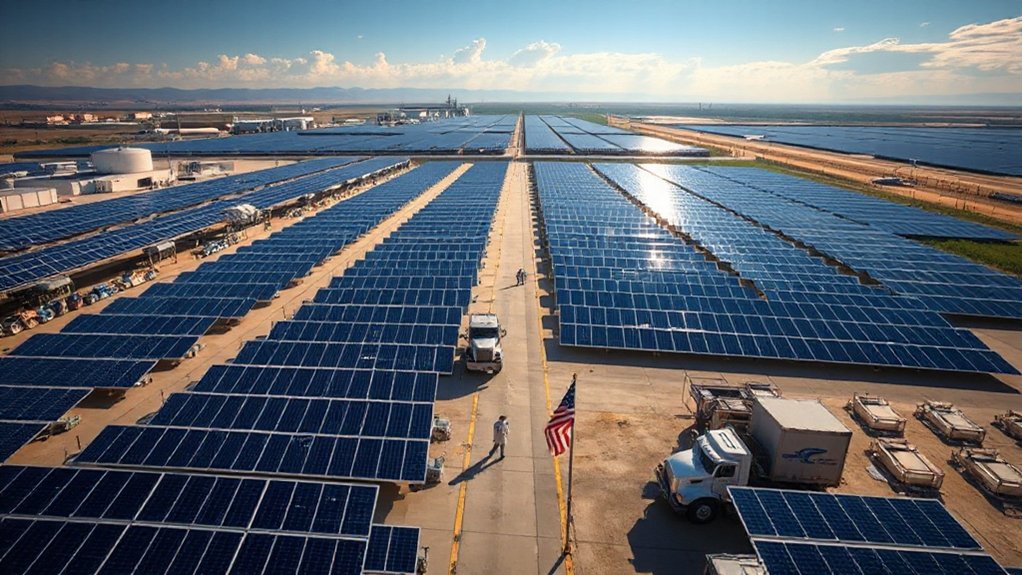The U.S. solar industry faces major disruption as the International Trade Commission (ITC) recently approved massive tariffs on imported solar cells and panels. On May 20, 2025, the ITC unanimously voted to impose tariffs as high as 3,521 percent on products from Cambodia, Malaysia, Thailand, and Vietnam. These four Southeast Asian countries currently supply most of the solar panels imported to the United States.
The Commerce Department had previously affirmed these tariffs in April 2025, concluding that U.S. manufacturers were “materially injured” by these imports. Specific companies face varying rates, with Malaysian manufacturer Jinko Solar looking at a 41.56% tariff, while Thai company Trina Solar will be hit with a steep 375.19% duty.
U.S. manufacturers secured tariff protection after proving material injury from Southeast Asian imports, with rates ranging from 41% to a staggering 375%.
These new rates mark a dramatic increase from previous tariffs that ranged from 30% in 2018 to 15% in 2021.
The economic impact of earlier solar tariffs has been significant. According to analysis from the Solar Energy Industries Association, previous tariffs led to the loss of more than 62,000 U.S. jobs and $19 billion in private sector investment. The nation lost approximately $10.5 million per day in unrealized economic activity. This policy impact is particularly concerning since creating each new job from tariffs has resulted in 31 jobs lost elsewhere in the economy.
Solar installations are expected to suffer, with projections for 2025 falling from 35-40 gigawatts to just 20-25 gigawatts. This represents a potential 35-40% drop in new installations if dependency on imports continues. Previous tariff rounds caused cancellations of 10.5 gigawatts of solar projects that could have powered 1.8 million homes. These policies mirror earlier climate approaches that saw clean energy jobs drop 24% between 2017 and 2020 due to policy changes.
The tariffs have created a divide within the industry. While installers worry about rising costs, domestic manufacturers view the decision as a victory. U.S. solar manufacturing capacity is expected to grow, with projections of increased wafer, cell, and module production by 2027. The SEIA has expressed serious concerns that these tariffs could jeopardize approximately 300 solar factories and storage facilities across the country.
However, current U.S. manufacturers can’t yet meet utility-scale demand without imports. President Trump announced a 90-day pause on reciprocal tariffs on April 9, 2025, with Chinese imports specifically facing 145% tariffs.
References
- https://www.eenews.net/articles/3500-tariffs-cloud-outlook-for-us-solar-industry/
- https://seia.org/news/solar-tariff-impacts/
- https://clearitusa.com/us-solar-tariffs-2025-southeast-asia-imports/
- https://www.usimportdata.com/blogs/us-solar-panel-imports-hit-by-tariffs
- https://www.solarreviews.com/blog/trump-tariffs-and-solar








